Have you ever wondered just how fast our phones can get? I mean, it feels like just yesterday when we were amazed by 4G, and now everyone is talking about the next big thing in the tech world: 6G. This mysterious new tech could change the way we live, work, and play.
So, what is 6G? It’s the future of wireless technology that promises to be way faster and smarter than anything we’ve seen before. When is it going to arrive? Well, experts say we might start seeing it pop up around 2030. That’s a bit of time from now, but imagine downloading movies or games in just seconds—this is what 6G aims to offer us!
When Will 6G Internet Be Available?
The anticipated launch of 6G internet is poised for the year 2030, marking a significant leap forward in the technological landscape. This next-generation connectivity aspires to harness enhanced distributed radio access networks and delve into the uncharted territories of the terahertz spectrum.
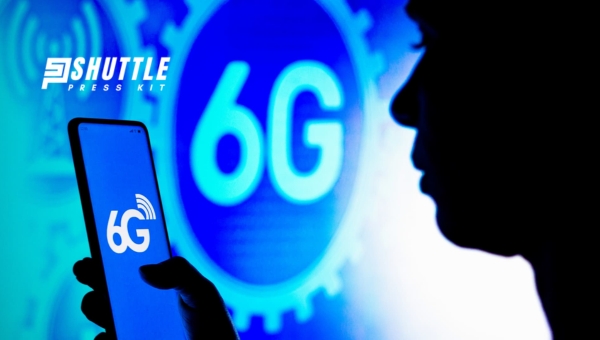
Such advancements are aimed at significantly increasing network capacity, slashing latency times, and fostering more effective spectrum sharing practices.
With initial conversations kick-starting the blueprint of what 6G could look like, extensive research and development efforts formally commenced around 2020. The journey towards realizing 6G involves pioneering sophisticated mobile communication technologies alongside ensuring cognitive and robustly secure data networks.
The unfolding of this technology will also necessitate expanding spectral bandwidth to achieve speeds exponentially faster than its predecessor, 5G, promising a transformative impact on global connectivity dynamics.
Also Read: Starlink Volcano Mount Guide: Easy DIY Installation Tips
Difference between 6G vs. 5G
The product discusses the technological evolution from 5G to 6G, highlighting the advancements and capabilities expected with the introduction of 6G. It emphasizes how each new generation of wireless connectivity,
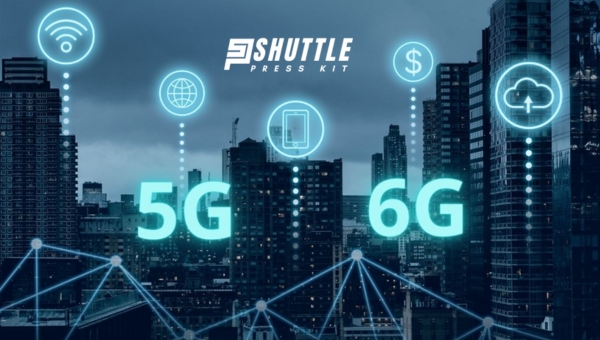
including the move from 5G to 6G, brings enhancements that unlock new possibilities across diverse applications.
| Feature | 5G | 6G |
|---|---|---|
| Frequency | Below 100 GHz | Above 100 GHz; up to or beyond 1 THz |
| Latency | Low | Even lower than 5G |
| Speed | Faster than previous generations | Expected to be significantly faster |
| Capacity | High | Higher, accommodating more devices |
| Use Cases | IoT, autonomous driving, smart cities | Advanced IoT, holographic communications |
| Technology | Advanced but builds on prior tech | Utilizes cutting-edge technologies for enhanced connectivity |
Benefits of 6G Technology
As the world anticipates the roll-out of 6G, this next evolution in wireless communication promises to surpass its predecessor, 5G, in numerous ways. The advancements are expected to revolutionize how data is transmitted, making connectivity faster, more reliable, and incredibly efficient. Here are the key benefits that 6G technology is projected to offer:
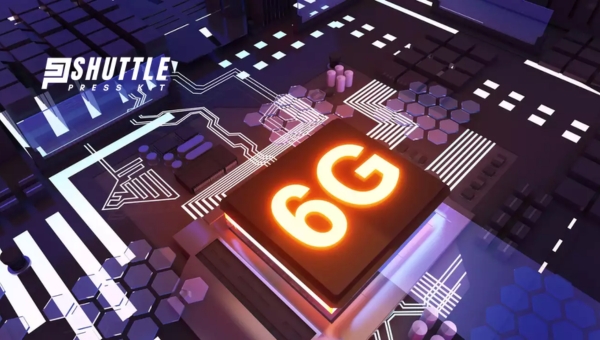
- Enhanced Network Capacity: By incorporating sub-terahertz (sub-THz) frequencies, specifically within the 30 to 300 GHz range, 6G aims to significantly increase network capacity.
- Superior Coverage and Reliability: With an ambition for up to seven-nines (99.99999%) reliability levels through expanded spectrum use, ensuring nearly uninterrupted service.
- Unprecedented Speeds: Peak speeds could reach up to an astounding 1 terabit per second, facilitating ultra-fast downloads and uploads unlike anything experienced before.
- Microsecond Latency: Aiming for support of ultra-low latency at microsecond levels will enable real-time communication and interaction for autonomous systems and enhanced virtual reality experiences.
- Greater Spectral Efficiency: Improvement of spectral efficiency by over three times compared to current standards might see efficiency reaching up to 100 bits per second per Hertz (bps/Hz).
- Increased Mobility Support: Support for higher mobility speeds up to 1000 km/h (or approximately 600 mph) catered towards future transportation methods including high-speed travel.
Also Read: How to Disable the Starlink Antenna Motors? – User Guide
Overview of 6G Network Challenges
As the world starts to look beyond 5G, the next generation of cellular network technology, 6G, promises to revolutionize wireless communication with unprecedented speed and connectivity.
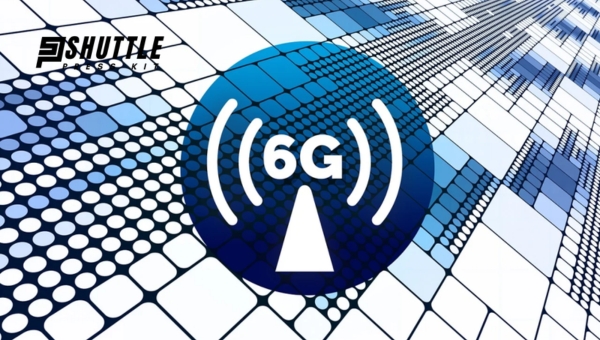
However, innovating at such an advanced level introduces a variety of technical challenges that researchers and developers need to overcome. Here are some critical hurdles associated with the development and deployment of 6G networks:
- Higher Frequency Bands: One of the main technical challenges is operating in higher frequency bands above 100 GHz and potentially even surpassing 1 terahertz (THz). This leap requires the development of new radiofrequency (RF) designs. Discovery and adoption of new semiconductor materials capable of efficiently operating at these elevated frequencies.
- Ultra-Fast Processing Requirements: To achieve promised speeds exceeding 1 terabit per second (Tbps), significant technological advancements are necessary, including Implementation of optical processing technologies and Possible integration of quantum computing elements to handle data processing demands effectively.
- Increased Power Consumption: With greater network density and higher traffic volumes compared to previous generations, managing power consumption becomes increasingly challenging. Solutions must focus on Enhancing energy efficiency beyond current advancements and Innovating new ways to negate or significantly reduce the increased energy footprint expected with denser networks and higher data volumes.
Also Read: Starlink Travel Case Review: Must-Have Accessory?
Potential Applications of 6G Technology
As the next evolution in wireless communication, 6G is anticipated to revolutionize how we interact with technology and each other. With its development still underway, 6G promises to build on the foundations laid by 5G, offering even faster speeds, lower latency, and higher reliability. These improvements are expected to enable a new wave of technological innovation. Here are some key potential applications:
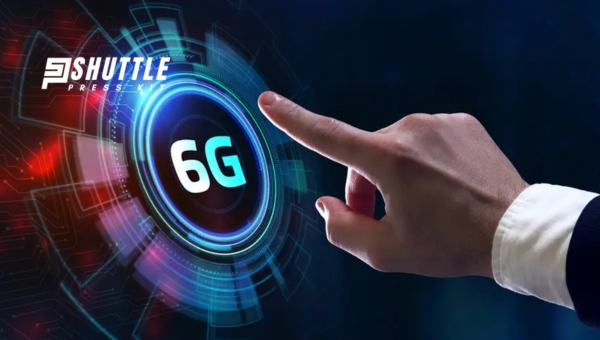
- Enhanced Virtual and Augmented Reality: By significantly reducing latency and increasing bandwidth, 6G will enhance VR and AR experiences, making them more immersive and interactive for both leisure and professional training.
- Pervasive Artificial Intelligence Integration: AI applications at the network’s edge will become more sophisticated with 6G, enabling smarter cities, autonomous logistics, and predictive maintenance across industries.
- Revolutionized Industrial Operations: The Industrial Internet of Things (IIoT) will see major advancements with 6G through automation and real-time data analysis in manufacturing processes, contributing to the rise of ‘smart factories.’
- Advanced Tactile Internet: The development of tactile or haptic internet will benefit from 6G’s capabilities by allowing real-time transmission of touch sensations over long distances—improving telemedicine, remote learning, and online shopping experiences.
- Autonomous Vehicles Infrastructure: Reliable vehicle-to-everything (V2X) communications supported by 6G networks will be crucial for the widespread deployment of autonomous vehicles by ensuring safety through instantaneous data exchange.
- Innovations in Healthcare Delivery: With its capability for high-speed data transfer rates combined with low latency connectivity among devices – remote monitoring devices that can transmit large image files quickly thereby increasing available virtual healthcare solutions like telesurgery possibilities.
Also Read: Guide to Stow Your Starlink: The Art of Satellite Setup
Frequently Asked Questions
What is 6G?
6G refers to the sixth generation of wireless technology, succeeding 5G. It aims to provide faster speeds, lower latency, and more reliable internet connectivity than its predecessor.
When is 6G expected to be available?
The deployment of 6G is anticipated to start in the early 2030s, following the typical decade-based cycle of cellular technology upgrades.
How will 6G improve upon 5G?
6G is expected to enhance mobile broadband services, support massive IoT deployments, enable fully autonomous systems, and foster innovations in digital realms like virtual reality.
What key technologies will 6G introduce?
6G will likely leverage advanced technologies such as artificial intelligence, terahertz frequency bands, and next-gen antenna systems to achieve its groundbreaking performance.
Conclusion
As the digital landscape continues to evolve, the anticipation for 6G technology grows, signaling a seismic shift in telecommunications. With its projected capabilities, 6G is expected to provide significantly higher speeds, lower latency, and more reliable connections compared to its predecessor, 5G.
This advancement holds the promise of revolutionizing not just how we use the internet, but how countless industries operate, from autonomous vehicles and advanced robotics to immersive augmented reality and beyond.
